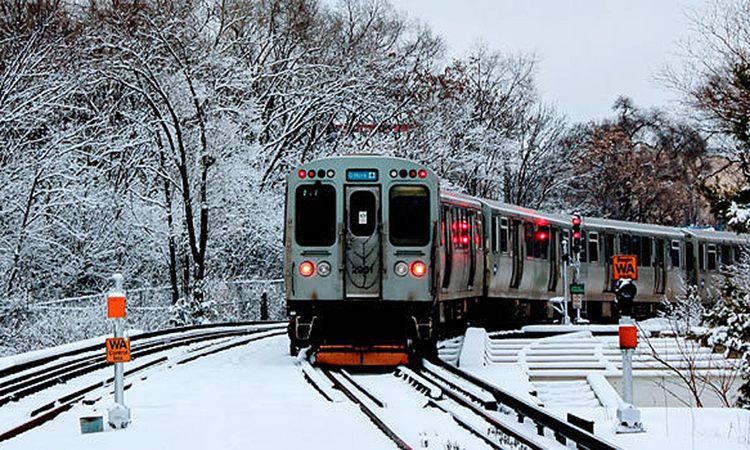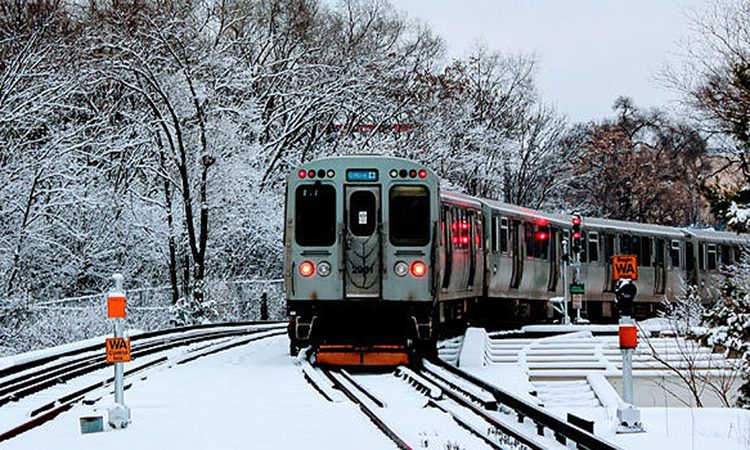CTA prepares for winter weather to ensure safe and efficient service

CTA has implemented a variety of winter weather strategies, including specialised equipment and extensive staff training, to ensure safe and reliable service for riders during snow, ice and subzero temperatures.

Credit: Chicago Transit Authority
In preparation for colder weather, the Chicago Transit Authority (CTA) has announced that it is increasing its efforts to ensure that public transportation remains safe, reliable and efficient for all riders.
Severe winter conditions can present challenges for bus and rail services, but CTA has developed a range of strategies designed to address snow, ice and freezing temperatures, with a focus on maintaining regular service and keeping passengers safe.
One of the primary strategies employed by CTA is maintaining smooth rail operations in freezing temperatures. Track switch heaters are activated to prevent freezing, ensuring that switches remain operational even in harsh conditions. Additionally, all railcars are equipped with “sleet scrapers,” devices designed to clear snow, sleet and ice from the third rail, which is critical for maintaining electrical contact and powering the trains.
To further combat winter weather, snowplow blades are attached to the front of every railcar, allowing them to clear snow and ice from the tracks as the trains move. Some railcars are also outfitted with deicer fluid distribution systems that prevent ice from accumulating on the third rail, a crucial measure for uninterrupted service. For lines that do not operate around the clock, special “sleet trains” are dispatched overnight to clear snow and apply deicing fluid in preparation for the morning commute.
CTA’s fleet of four diesel-powered snow fighter locomotives, which are not dependent on electric power from the tracks, ensures that all areas of the system can be reached and cleared during snowstorms, no matter the severity of the weather.
To keep the stations operational during winter, CTA performs rigorous checks and maintenance. Overhead heaters at more than 120 outdoor stations are tested and activated prior to 1 November each year, ensuring that riders stay comfortable while waiting for trains. Additionally, salt and sand are delivered to stations and facilities to help manage icy conditions.
Track switch heaters are also regularly tested and serviced to prevent snow and ice accumulation that could hinder switch functionality. In addition, boilers at bus garages undergo thorough inspections to ensure they are ready for use during colder months.
Furthermore, CTA staff undergo extensive winter-specific training to handle the unique challenges posed by snow, sleet and freezing temperatures. This training is designed to ensure that CTA can maintain a high level of service even during inclement weather. Additionally, CTA’s equipment is rigorously tested and prepared ahead of each winter season to ensure it can withstand the harsh elements.






